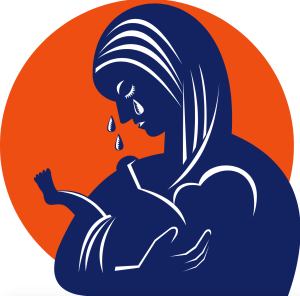
About 13 percent of all new mothers experience postpartum depression, which may start to develop within the first week after delivery. Not to be confused with the “baby blues,” postpartum depression is more intense and lasts longer, with such symptoms as severe mood swings, excessive crying, difficulty bonding with the baby, intense anger, severe anxiety, and thoughts of inflicting harm on oneself or the baby.
While psychotherapy is helpful, many are uneasy about the safety of taking prescriptive medication by breastfeeding mothers. Technologies are being developed for non-invasive treatment but further tests are still needed to prove their effectiveness.
Bright light therapy is an alternative treatment. Often used for seasonal affective disorders (SAD), this form of therapy may also be useful for treating postpartum depression where light is believed to induce a chemical change in the brain to lift the mood.
There is evidence that exercise improves mood, increases energy, and helps people with depression. Experts recommend moderate physical activity for 30 minutes a day, five times a week.

Research shows that higher levels of omega-3 fatty acids in women reduce the risk of developing postpartum depression. Consumption of food high in these fatty acids, such as low-mercury fish, might relieve the symptoms of depression.
Paul Gabrinetti, Ph.D. is a Jungian analyst and a professor in clinical psychology at the Pacifica Graduate Institute in Carpinteria, California. Follow this blog for more updates on his field.

















